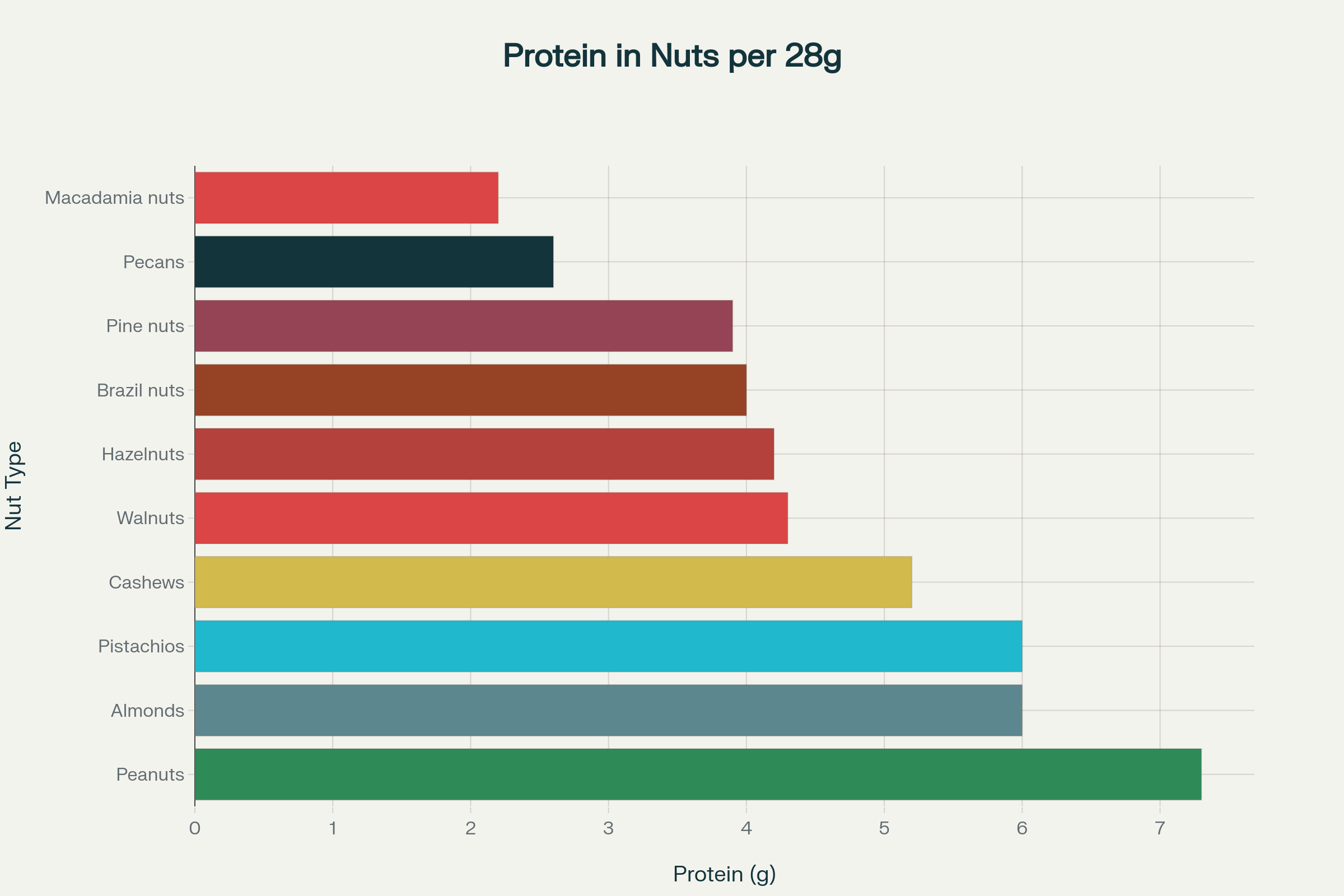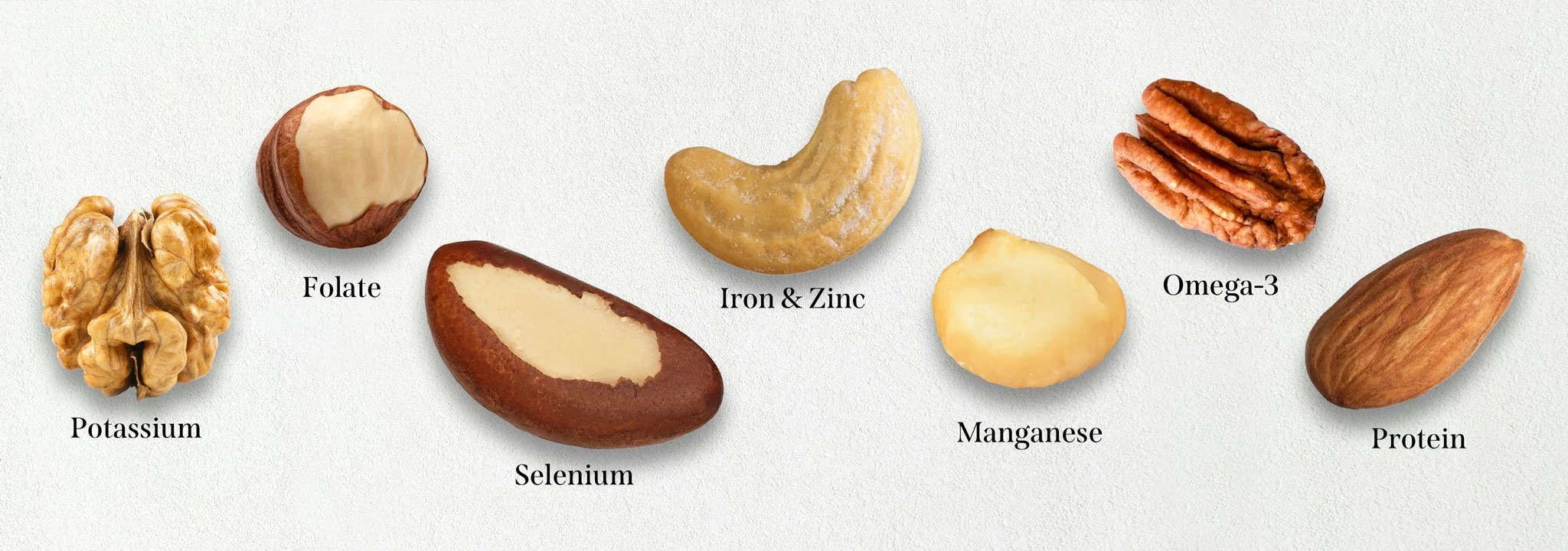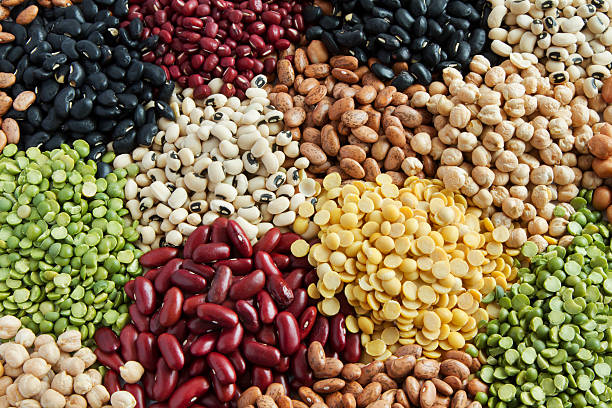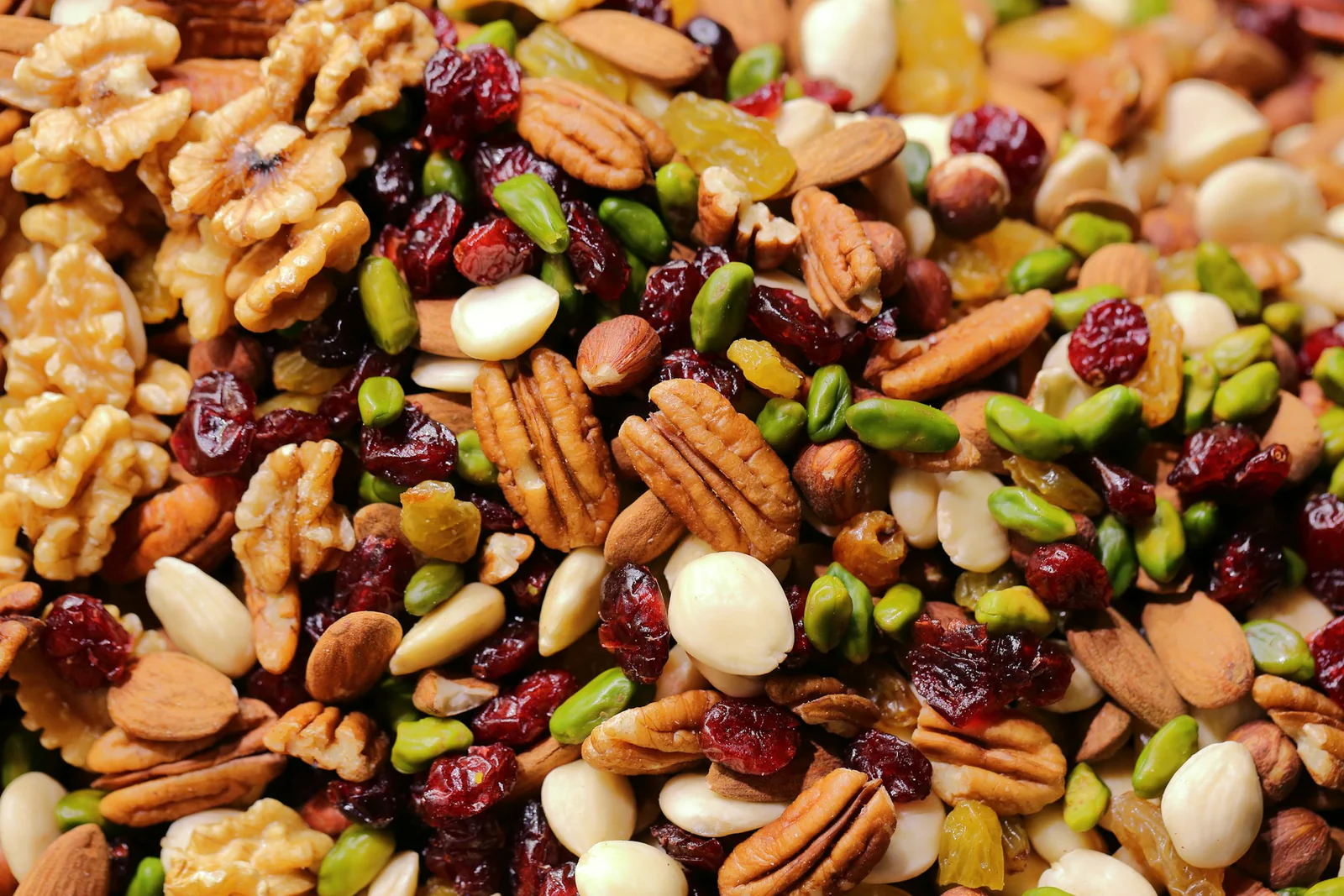In an era where plant-based nutrition dominates health conversations, nuts have emerged as unsung heroes of the dietary landscape. The global nuts market, valued at $64.3 billion in 2025 and projected to reach $91.2 billion by 2032, reflects more than just economic growth—it represents a fundamental shift toward recognizing nuts as essential protein sources for both vegetarian and omnivorous diets. This nutritional powerhouse delivers not only substantial protein content but also a complex array of vitamins, minerals, and bioactive compounds that make them indispensable for modern nutrition.
The Protein Profile: Understanding Nut-Based Nutrition
Nuts provide remarkably diverse protein profiles, ranging from 2.2 grams per ounce in macadamia nuts to an impressive 7.3 grams in peanuts. While these numbers may seem modest compared to animal proteins, the significance extends far beyond simple gram counts. Nuts contain all essential amino acids, though in varying proportions, making them valuable components of complete protein strategies when combined with other plant foods.futuremarketinsights
Peanuts lead the protein hierarchy among nuts, delivering 7.3 grams per ounce, followed closely by almonds and pistachios at 6.0 grams each. Cashews provide 5.2 grams per ounce, while walnuts contribute 4.3 grams. These figures become particularly meaningful when considering that a typical 1-ounce serving (about 23 almonds or 49 pistachios) can provide 10-15% of daily protein needs for most adults.pmc.ncbi.nlm.nih
The amino acid composition of nuts reveals fascinating diversity. Almonds excel in glutamic acid content (6.21g/100g), while peanuts dominate in leucine (1.67g/100g) and arginine (3.08g/100g). Pistachios offer superior valine content, and cashews provide excellent lysine levels. This amino acid diversity means that consuming various nuts throughout the day can help achieve optimal protein quality equivalent to complete proteins.

Protein Content in Popular Nuts (per 1 ounce serving)
Nuts in Vegetarian Diets: Bridging Nutritional Gaps
For vegetarians, nuts represent far more than convenient snacks—they’re essential nutritional bridges addressing common dietary concerns. Research consistently demonstrates that protein-rich foods, including traditional legumes, nuts, and seeds, are sufficient to achieve full protein adequacy in adults consuming vegetarian diets. The protein adequacy question has been “substantially overstated,” according to comprehensive nutritional reviews.
Vegetarian diets require special attention to certain nutrients including protein, iron, calcium, zinc, and omega-3 fatty acids—areas where nuts excel. A daily 30-gram handful of mixed nuts can significantly help vegetarians meet nutrient targets. Nuts provide 10-20 grams of protein per 100 grams, making them comparable to many traditional protein sources when consumed in appropriate quantities.

The four main types of vegetarian diets—lacto-ovo-vegetarian, lacto-vegetarian, ovo-vegetarian, and vegan—all benefit significantly from nut inclusion. Even the most restrictive vegan diets can achieve protein adequacy through strategic nut consumption combined with legumes, grains, and seeds.
Cashews prove particularly valuable for vegetarians due to their iron content (5.8mg/100g), addressing a common deficiency concern. Almonds provide exceptional calcium levels (269mg/100g), making them excellent dairy alternatives. Walnuts offer alpha-linolenic acid (ALA), a plant-based omega-3 fatty acid crucial for heart and brain health.
Protein Quality and Bioavailability in Nuts
While nuts are sometimes labeled as “incomplete proteins,” this classification oversimplifies their nutritional value. The essential amino acid content and digestibility determine protein nutritional value, and nuts perform admirably in both categories. Nut proteins contain large quantities of arginine, which provides positive effects on immune response, inflammation, and cardiovascular function.
The protein digestibility of nuts varies by type and processing method. Raw nuts generally provide better amino acid availability than roasted varieties, though roasting can enhance certain antioxidant compounds. Soaking nuts before consumption can improve digestibility and nutrient absorption, a practice increasingly adopted by health-conscious consumers.

Combining different nuts throughout the day or within single meals enhances overall protein quality. For example, pairing almonds (rich in arginine and phenylalanine) with cashews (high in lysine and tryptophan) creates a more complete amino acid profile than consuming either alone.
Traditional Diet Integration: Nuts for Omnivores
Even omnivorous diets benefit significantly from nut protein inclusion. Research indicates that replacing some animal protein with plant proteins, including nuts, can reduce cardiovascular disease risk while maintaining muscle mass. The combination of protein, healthy fats, fiber, and minerals in nuts provides nutritional synergies rarely found in single-nutrient foods.
For athletes and active individuals following traditional diets, nuts offer unique advantages. The combination of protein and healthy fats provides sustained energy release, making nuts ideal for pre- and post-workout nutrition. A 2-ounce serving of mixed nuts can provide 10-14 grams of high-quality protein plus essential minerals like magnesium and potassium crucial for muscle function.
Nuts serve as excellent protein sources for individuals seeking to reduce but not eliminate animal products. The Mediterranean diet, recognized as one of the world’s healthiest eating patterns, emphasizes nuts as primary protein sources alongside fish and limited amounts of other animal proteins.
Market Dynamics and Consumer Trends
The global nuts industry reflects growing recognition of their nutritional value. Consumer trends show increasing demand for plant-based proteins, with nuts positioned as premium protein sources. The health food category, including protein-rich nuts, drives significant market growth, with functional foods and premium segments gaining stronger footholds.
Almond consumption has grown particularly dramatically, with Australia becoming the world’s second-largest producer at 130,000 tonnes annually. This production generates close to $750 million in annual revenue, projected to exceed $1.3 billion by 2025. Similar growth patterns appear across other nuts, including macadamias, pistachios, and walnuts.
Online sales are expanding rapidly, especially in China, the United States, and South Korea, where younger generations seek protein-rich, branded nut products. Consumers increasingly opt for nuts with organic, fair trade, or low carbon footprint certifications, indicating growing awareness of both nutritional and environmental factors.
Processing and Preparation for Maximum Protein Benefit
Processing methods significantly impact protein availability and overall nutritional value. Raw nuts generally provide the highest protein bioavailability, though light roasting can enhance flavor without substantially reducing protein content. Blanching and heavy roasting may damage some amino acids, making raw consumption preferable for maximum protein benefit.

Nut butters and pastes concentrate protein content while improving digestibility. Two tablespoons of almond butter provide approximately 7 grams of protein, making it comparable to an egg in protein content. Natural nut butters without added oils or sugars maintain the full nutritional profile while offering convenient protein delivery.
Soaking nuts for 4-12 hours before consumption can improve protein digestibility by neutralizing enzyme inhibitors and phytic acid. This traditional preparation method, used across many cultures, enhances mineral absorption and may improve amino acid availability.
Health Benefits Beyond Protein
The protein in nuts comes packaged with numerous complementary nutrients that enhance overall health outcomes. Nuts provide vitamin E, magnesium, zinc, selenium, and various B vitamins essential for protein metabolism. This nutrient synergy means that nut proteins often deliver superior health benefits compared to isolated protein supplements.
Cardiovascular health benefits from nut consumption are well-documented, with regular nut consumption associated with reduced risk of heart disease, improved cholesterol profiles, and better blood pressure control. The combination of protein, healthy fats, and minerals creates cardiovascular benefits that extend beyond what any single nutrient could provide.
Nuts support healthy weight management despite their caloric density. The combination of protein, fiber, and healthy fats promotes satiety and helps regulate appetite, making nuts valuable tools for weight control when consumed appropriately.
Special Considerations for Different Life Stages
Protein needs vary across life stages, and nuts offer flexible solutions for different demographic groups. Children require careful attention to protein quality, and nuts provide excellent amino acid profiles when included as part of varied diets. However, whole nuts pose choking hazards for young children, making nut butters and finely ground nuts preferable for this age group.
Older adults face unique protein challenges, including decreased appetite and potential digestive issues. Nuts offer concentrated nutrition in small portions, making them ideal for seniors who may struggle to consume adequate protein from traditional sources. The easy digestibility of nut proteins makes them particularly valuable for this population.
Pregnant and breastfeeding women require increased protein intake, and nuts provide high-quality protein along with folate, iron, and healthy fats crucial for fetal development. However, individuals with nut allergies must avoid these foods entirely, requiring alternative plant protein strategies.
Economic and Environmental Considerations
The environmental footprint of nut protein production generally compares favorably to animal protein sources. Water usage, land requirements, and greenhouse gas emissions are typically lower for nuts than for equivalent amounts of animal protein. This environmental advantage, combined with nutritional benefits, drives growing consumer preference for plant-based proteins.
However, certain nuts face sustainability challenges. Almond production requires substantial water inputs, leading to concerns about drought impacts in major growing regions like California. Climate change affects yields for temperature-sensitive crops like pistachios and hazelnuts, contributing to price volatility.
Economic factors significantly influence nut consumption patterns. Premium pricing for organic and specialty nuts can limit accessibility for some consumers, though basic nuts remain relatively affordable protein sources. The growing popularity of nuts has contributed to price increases, with some varieties experiencing substantial cost escalation due to supply-demand imbalances.
Future Outlook and Innovation
Innovation in nut-based protein products continues accelerating. Protein powders, plant-based milks, and meat alternatives increasingly incorporate nut proteins. These processed products offer convenient protein delivery while maintaining many nutritional benefits of whole nuts.
Research into protein enhancement through plant breeding and processing techniques shows promise. Developing nut varieties with improved protein content and amino acid profiles could further enhance their nutritional value. Processing innovations that maintain protein quality while improving digestibility and shelf-life represent important development areas.
Global market expansion suggests continued growth in nut consumption. As more populations adopt Western dietary patterns and health consciousness increases, demand for high-quality plant proteins like nuts will likely continue growing. This trend benefits both consumer health and agricultural sustainability when managed appropriately.
Conclusion: Nuts as Nutritional Game Changers
The evidence overwhelmingly supports nuts as essential protein sources for both vegetarian and traditional diets. With protein contents ranging from 2.2 to 7.3 grams per ounce, combined with essential amino acids, vitamins, minerals, and healthy fats, nuts offer nutritional complexity that isolated protein sources cannot match.
For vegetarians, nuts provide crucial protein along with commonly deficient nutrients like iron, zinc, and calcium. For omnivores, nuts offer opportunities to diversify protein sources while gaining cardiovascular and metabolic benefits. The versatility, convenience, and nutritional density of nuts make them valuable additions to virtually any dietary pattern.

The global nuts market growth to $91.2 billion by 2032 reflects growing recognition of their value. As research continues revealing the intricate relationships between nut consumption and health outcomes, their role in optimal nutrition will likely expand further. Whether consumed as whole foods, butters, or incorporated into other products, nuts represent a sustainable, nutritious, and economically viable protein source for the world’s growing population.
The nut revolution in protein nutrition has only just begun, promising continued innovation and expansion in this remarkable food category that successfully bridges the gap between optimal nutrition and environmental sustainability.
About us
Try it for yourself. Freshdi.com
Global Agri B2B Marketplace.

